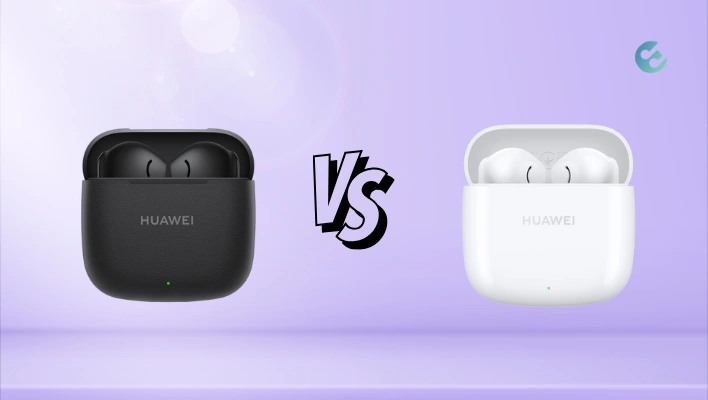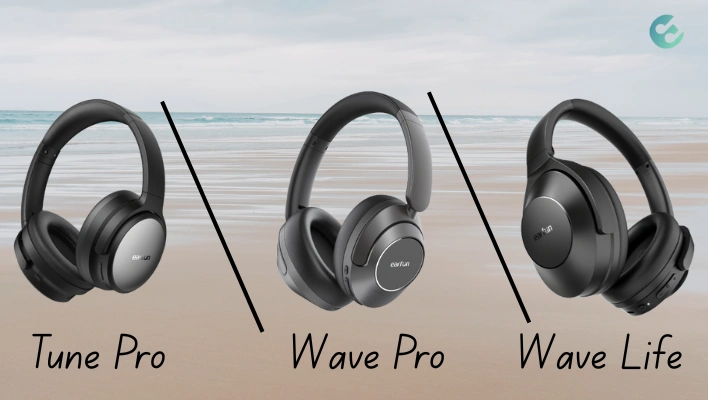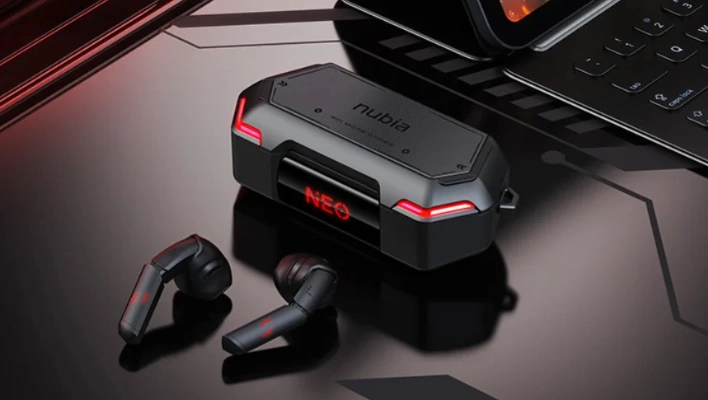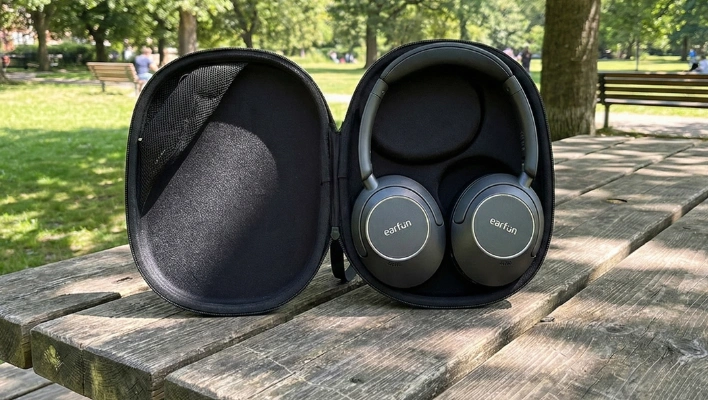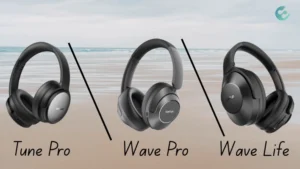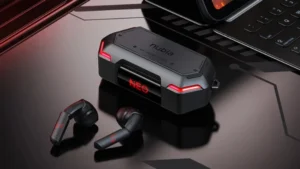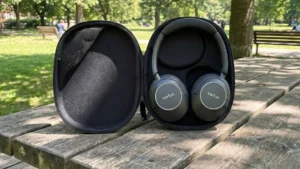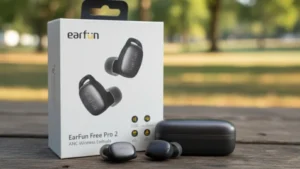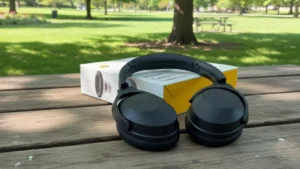Huawei has refreshed its budget-friendly wireless earbuds lineup with the FreeBuds SE 3, following up on the FreeBuds SE 2.
At first glance, these two models may seem almost identical, but a closer look reveals subtle but meaningful improvements that could make a difference depending on your priorities.
While design and connectivity have received the biggest upgrades, the core experience remains quite similar.
In this in-depth comparison, we’ll break down all the key differences, covering design, sound quality, battery life, connectivity, and more to help you decide if the FreeBuds SE 3 is a worthwhile upgrade.
Table of Contents
Design & Build Quality
Both the FreeBuds SE 3 and SE 2 share a compact charging case with similar dimensions and button placements, including a USB-C port and a pairing/reset button on the bottom.
However, the biggest change in the SE 3 is the material upgrade. The FreeBuds SE 2 used a glossy plastic finish that attracted scratches and fingerprints easily, making it look cheap over time.
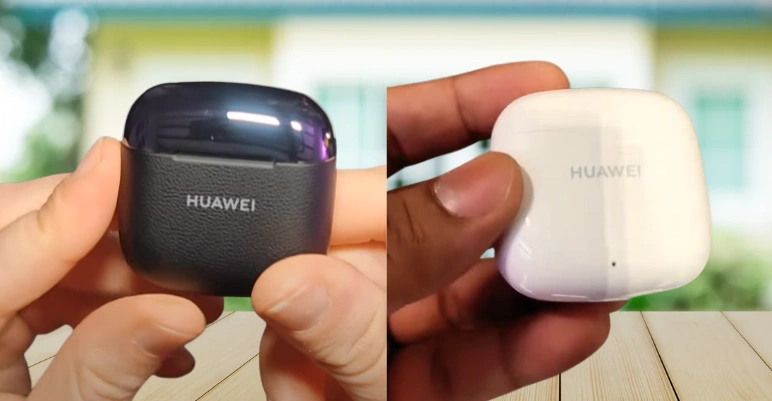
In contrast, the SE 3 introduces a matte-textured plastic that mimics leather, giving it a more premium feel while also improving durability.
Despite this upgrade, Huawei still retained a glossy lid on the SE 3 case, which some users might not appreciate.
However, the earbuds themselves follow the same semi-in-ear design, offering a comfortable fit with no significant difference in how they feel in the ear.
Both models feature IP54 water and dust resistance, meaning they can withstand sweat and light splashes, making them equally suitable for workouts and daily use.
Connectivity & Features
One of the more noticeable upgrades in the FreeBuds SE 3 is the jump from Bluetooth 5.3 to Bluetooth 5.4. While this isn’t a drastic change, Bluetooth 5.4 offers slightly better power efficiency, lower latency, and improved stability, making it a better choice for gaming or watching videos with minimal delay.
That said, both models still support AAC and SBC codecs, ensuring decent but not audiophile-grade audio quality. They also share features like:
- Multi-device pairing for easy switching between two devices
- Huawei AI Life app support for customizing touch controls and checking battery life
- No Google Fast Pair, meaning standard Bluetooth pairing is required
If you’re using a Huawei smartphone, you’ll get a seamless pop-up pairing animation, but for other Android users, the experience remains standard.
Microphone & Call Quality
Huawei has kept the same microphone setup across both models, meaning call quality remains unchanged.
The indoor call experience is clear, though echo control could be better.
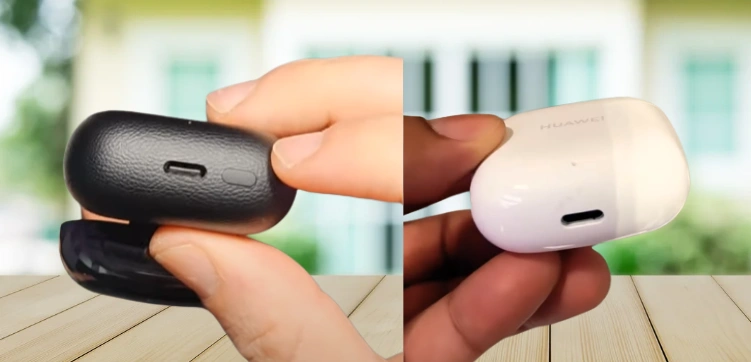
Outdoor performance is solid, with effective noise cancellation that reduces background noise, making it a good choice for phone calls in moderately noisy environments.
Sound Quality
Huawei has slightly retuned the sound profile of the SE 3, but the difference is not dramatic.
Both models feature a 10mm dynamic driver, yet the SE 3 emphasizes deeper bass frequencies.
- SE 3 leans towards a bass-heavy sound signature, which some users may love, but others might find overpowering.
- SE 2 offers a more balanced sound, making it preferable for those who enjoy a wider range of music genres.
- Neither model includes Active Noise Cancellation (ANC), as they both use an open-fit design.
For those who prefer a more balanced sound, the Huawei AI Life app allows EQ adjustments, and activating the “Amplification of High Frequencies” mode can help bring out more mids and trebles while still keeping bass present.
While the FreeBuds SE 3 does offer slightly deeper bass, the overall sound quality is nearly identical. If you already own the SE 2, there’s no urgent reason to upgrade based on audio performance alone.
Battery Life & Charging
Battery life remains nearly identical across both models, with 41mAh per earbud and a 510mAh battery in the charging case. However, the FreeBuds SE 3 slightly extends total battery life to 42 hours, compared to 40 hours on the SE 2, thanks to Bluetooth 5.4’s improved efficiency.
- Earbud battery life: Around 7.5 to 8 hours per charge (SE 3 may reach 8 hours under optimal conditions)
- Case battery life: The SE 3 edges out a bit more playback time due to better power management
- Charging method: USB-C only, no wireless charging on either model
- Accessories: SE 2 included a USB-C cable in the box, while the SE 3 does not
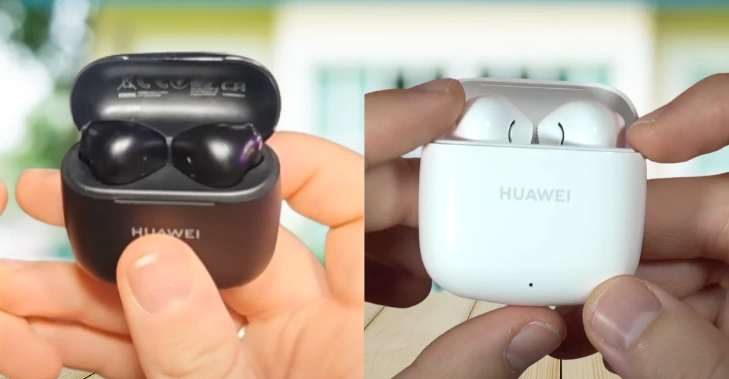
While the slight increase in battery life is nice, it’s not a game-changer, meaning you shouldn’t upgrade just for this reason.
Huawei FreeBuds SE 3 vs Huawei FreeBuds SE 2: Specs Comparison
| Category | Huawei FreeBuds SE 3 | Huawei FreeBuds SE 2 |
|---|---|---|
| Colors | Beige, Black | Isle Blue, Ceramic White, Graphite Black |
| Dimensions (Earbuds) | 33.6 mm × 17.8 mm × 18.1 mm | 33.66 mm × 17.83 mm × 18.13 mm |
| Dimensions (Charging Case) | 50.4 mm × 50.3 mm × 23.4 mm | 50.40 mm × 50.31 mm × 23.40 mm |
| Weight (Each Earbud) | 3.8 g | 3.8 g |
| Weight (Charging Case) | 33 g | 33 g |
| Battery Capacity | Earbuds: 41 mAh Charging case: 510 mAh | Earbuds: 41 mAh Charging case: 510 mAh |
| Battery Life | Music: 9 hours (42 hours with case) Calls: 5 hours (24 hours with case) | Music: 9 hours (40 hours with case) Calls: 5 hours (24 hours with case) |
| Charging Method | USB-C | USB-C |
| Charging Duration | Earbuds: ~60 min Case: ~110 min | Earbuds: ~60 min Case: ~110 min |
| Controls | Double-tap: Play/pause, answer/end call Triple-tap: Next track | Double-tap: Play/pause, answer/end call, next/previous track, wake voice assistant |
| Connectivity | Bluetooth 5.4 | Bluetooth 5.3 |
| Pairing Pop-up | Supported (Requires EMUI 10+) | Supported (Requires EMUI 10+) |
| Driver | 10.0 mm Dynamic Driver | 10.0 mm Dynamic Driver |
| Audio Technology | Call Noise Cancellation, Multi-EQ | Call Noise Cancellation, Multi-EQ |
| Audio Formats | SBC, AAC | SBC, AAC |
| IP Rating | Earbuds: IP54 (Case: Not Water-Resistant) | Earbuds: IP54 (Case: Not Water-Resistant) |
Final Verdict: Should You Upgrade?
The Huawei FreeBuds SE 3 brings small but meaningful improvements over the SE 2, especially in design, durability, and Bluetooth efficiency. The switch to a matte-textured finish makes it feel more premium, and Bluetooth 5.4 ensures slightly better connectivity and power efficiency.
However, if you already own the FreeBuds SE 2, there’s no compelling reason to upgrade. Battery life and sound quality remain nearly the same, and the improvements in design and Bluetooth version are minor conveniences rather than must-have features.
Who Should Buy What?
Get the FreeBuds SE 3 if: You want a more premium design, better connectivity, and slightly improved battery efficiency for long-term use.
Stick with the FreeBuds SE 2 if: You already own them and find them at a lower price, as they still deliver almost the same overall experience.
If you’re buying new and price isn’t a concern, the SE 3 is the better long-term investment.
But if you’re looking for the best value, the FreeBuds SE 2 remains a strong contender, especially if found at a discount.
Best Deal:
Huawei FreeBuds SE 3: View on AliExpress
Huawei FreeBuds SE 2: View on AliExpress
You might like:
- Huawei FreeBuds Pro 4 vs FreeClip vs FreeBuds SE 3: Which Should You Choose?
- Samsung Galaxy Buds 3 Pro vs Huawei FreeBuds Pro 3: Which Should You Buy?
- Huawei FreeBuds 6i vs FreeBuds 5i: What’s the Difference?
- Huawei FreeBuds 5i vs FreeBuds Pro 2: Which Should You Buy?
Nick, the Co-founder of Earbuds Arena, is a seasoned freelance tech journalist with over ten years of experience covering wearables, apps, headphones, and gadgets. When he’s not immersed in the tech world, you’ll likely find him unwinding with video games, going for a run, or enjoying a game of soccer on the field.
